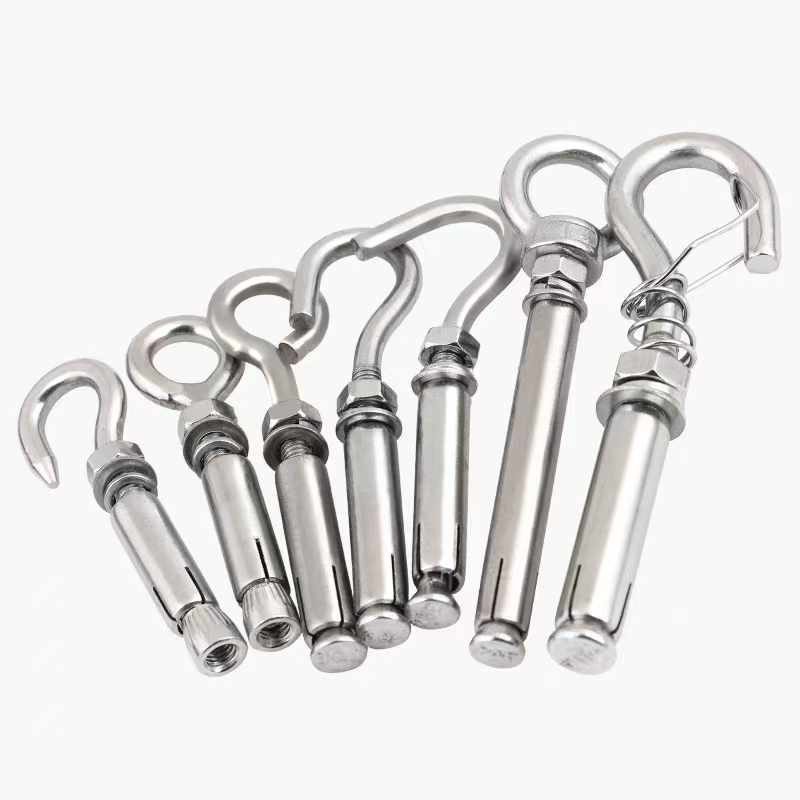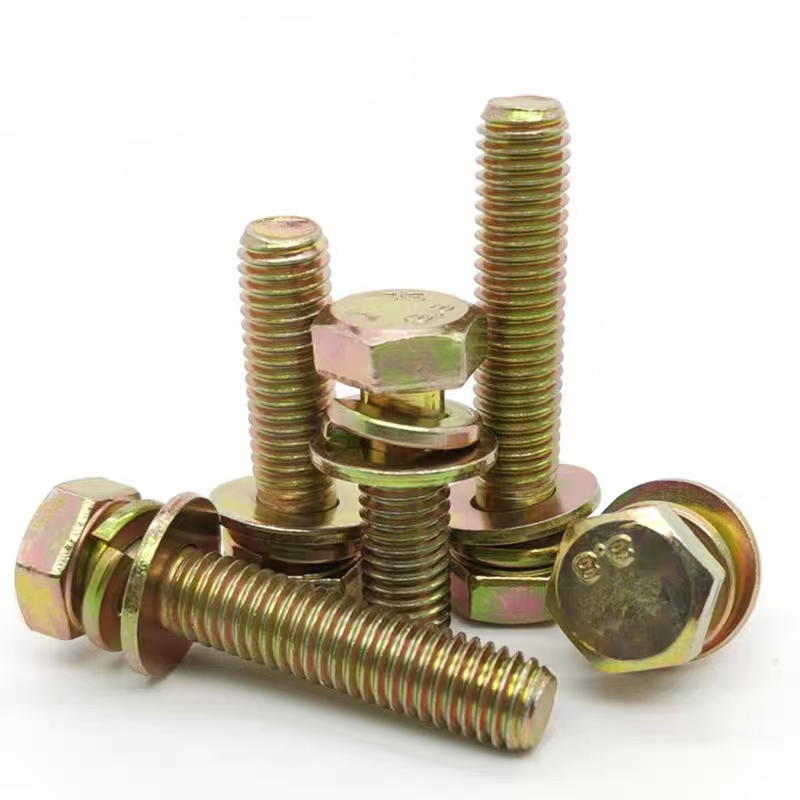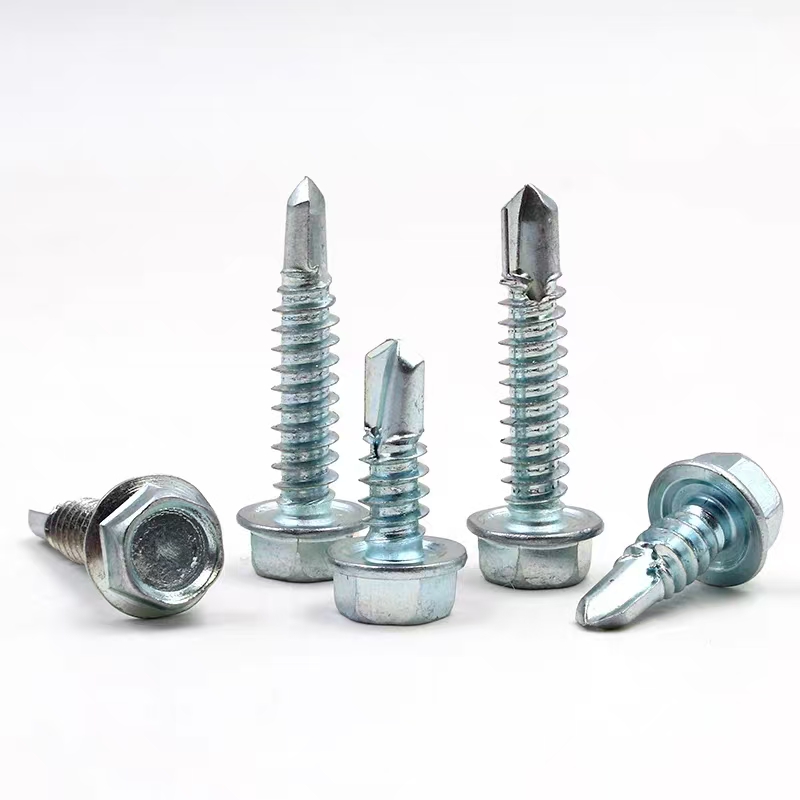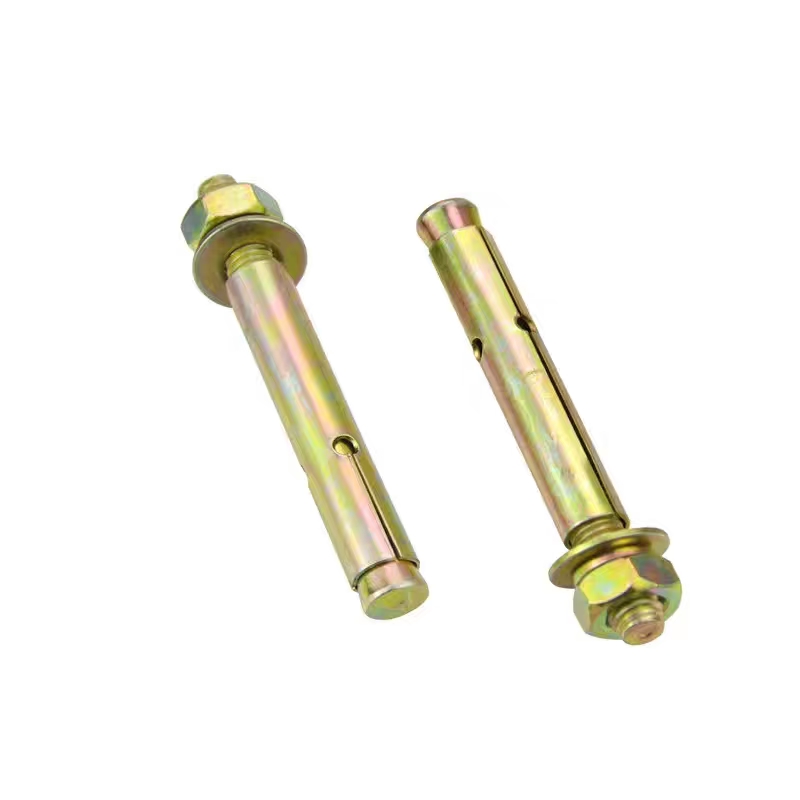- Chinese
- French
- German
- Portuguese
- Spanish
- Russian
- Japanese
- Korean
- Arabic
- Irish
- Greek
- Turkish
- Italian
- Danish
- Romanian
- Indonesian
- Czech
- Afrikaans
- Swedish
- Polish
- Basque
- Catalan
- Esperanto
- Hindi
- Lao
- Albanian
- Amharic
- Armenian
- Azerbaijani
- Belarusian
- Bengali
- Bosnian
- Bulgarian
- Cebuano
- Chichewa
- Corsican
- Croatian
- Dutch
- Estonian
- Filipino
- Finnish
- Frisian
- Galician
- Georgian
- Gujarati
- Haitian
- Hausa
- Hawaiian
- Hebrew
- Hmong
- Hungarian
- Icelandic
- Igbo
- Javanese
- Kannada
- Kazakh
- Khmer
- Kurdish
- Kyrgyz
- Latin
- Latvian
- Lithuanian
- Luxembou..
- Macedonian
- Malagasy
- Malay
- Malayalam
- Maltese
- Maori
- Marathi
- Mongolian
- Burmese
- Nepali
- Norwegian
- Pashto
- Persian
- Punjabi
- Serbian
- Sesotho
- Sinhala
- Slovak
- Slovenian
- Somali
- Samoan
- Scots Gaelic
- Shona
- Sindhi
- Sundanese
- Swahili
- Tajik
- Tamil
- Telugu
- Thai
- Ukrainian
- Urdu
- Uzbek
- Vietnamese
- Welsh
- Xhosa
- Yiddish
- Yoruba
- Zulu
- Kinyarwanda
- Tatar
- Oriya
- Turkmen
- Uyghur

China 6mm expansion bolt
Understanding the Practical Use of 6mm Expansion Bolts in China
The role of a 6mm expansion bolt often sparks debate, especially among those unfamiliar with its practical applications. In the construction and manufacturing sectors, clarity on how these small yet mighty fixtures function can make all the difference between a secure installation and a potential hazard.
Introduction to Expansion Bolts
The basic function of a 6mm expansion bolt is deceptively simple. These bolts are designed to anchor materials to concrete surfaces securely. However, what often goes unrecognized is the skill it takes to determine the right kind and size of bolt for a specific job. The challenge lies not just in the selection but in the application technique, where precision is paramount.
When we talk about these bolts, Handan Zitai Fastener Manufacturing Co., Ltd. stands out as a key player in the industry. Based in the largest standard part production area in China, specifically at Yongnian District, Handan City, they have set the benchmark for quality (check more at their website: zitaifasteners.com).
In my experience, the capital of using these bolts lies in understanding the architectural requirements and the environment in which they are being used. Not all concrete surfaces are the same. The density, age, and condition of the concrete can heavily influence the type and capacity of the bolt you select.
Common Misconceptions
Many newcomers in construction, and even some experienced hands, have a misconceived notion that any bolt will suffice so long as it fits. This couldn't be further from the truth. I've seen projects where improper use of expansion bolts led to disastrous results, from minor slippages to complete structural failures.
Consider the setting – say, an urban construction site where space is limited. The choice of a 6mm bolt might be crucial because of the limited penetration depth that it accommodates. Over-estimating the surface strength or incorrectly gauging the load capacity can lead to costly rework.
Moreover, the installation method must be meticulous. An improperly installed bolt can be as risky as no bolt at all. Whether using a drill or a power tool, the precision of the hole’s depth and diameter must align perfectly with the specifications of the bolt.
The Mechanics Behind Installation
Here’s something practical that I've learned: always start with a smaller pilot hole. This ensures a more controlled installation process. It's akin to the meticulous work often seen in top firms like Handan Zitai, where precise engineering is second nature due to their strategic position in the industry.
Another critical aspect is the torque applied. Too much force can damage the bolt or the concrete, while too little leaves the fixture insecure. The right balance is often achieved through experience and a clear understanding of material science.
Furthermore, environmental factors like moisture can significantly affect the performance of expansion bolts. In humid areas, corrosion-resistant coatings are a godsend, something many tend to overlook during the initial stages of project planning.
Real-world Applications
I recall a project involving a high-rise in a coastal area where the selection of the right coating for the expansion bolts was crucial. The constant exposure to saltwater required us to choose bolts that not only met the size requirements but also had superior corrosion resistance.
Even though these decisions might seem minor, they prove significant in sustainable building practices. I often refer clients to manufacturers like Handan Zitai Fastener Manufacturing because their bolts align with these demanding specification needs.
From my observations, the alignment to industry standards and custom client specifications is what sets apart a successful project from a mediocre one. It all starts with the right choice of components like the 6mm expansion bolt.
Lessons Learned
If there’s one lesson to take away, it’s this: never underestimate the importance of the correct bolt. While the backdrop of Handan City offers resources aplenty, the ultimate success in projects is determined by informed choices and sound judgment.
Remember, every small detail contributes to the larger puzzle. When in doubt, consult professionals or rely on established manufacturers – that's the difference between an average building and a well-engineered structure.
In summary, the use of a 6mm expansion bolt demands respect and attention to detail. As construction scales up globally, the nuanced understanding of such components is not just beneficial, it’s indispensable.
Related products
Related products
Best selling products
Best selling products-
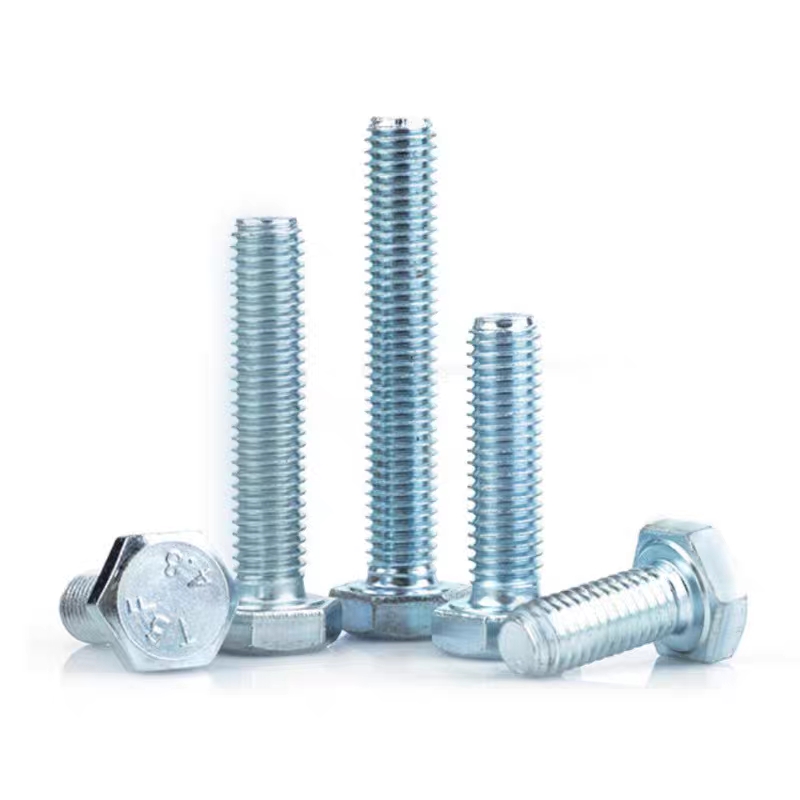 Electrogalvanized hexagonal bolts
Electrogalvanized hexagonal bolts -
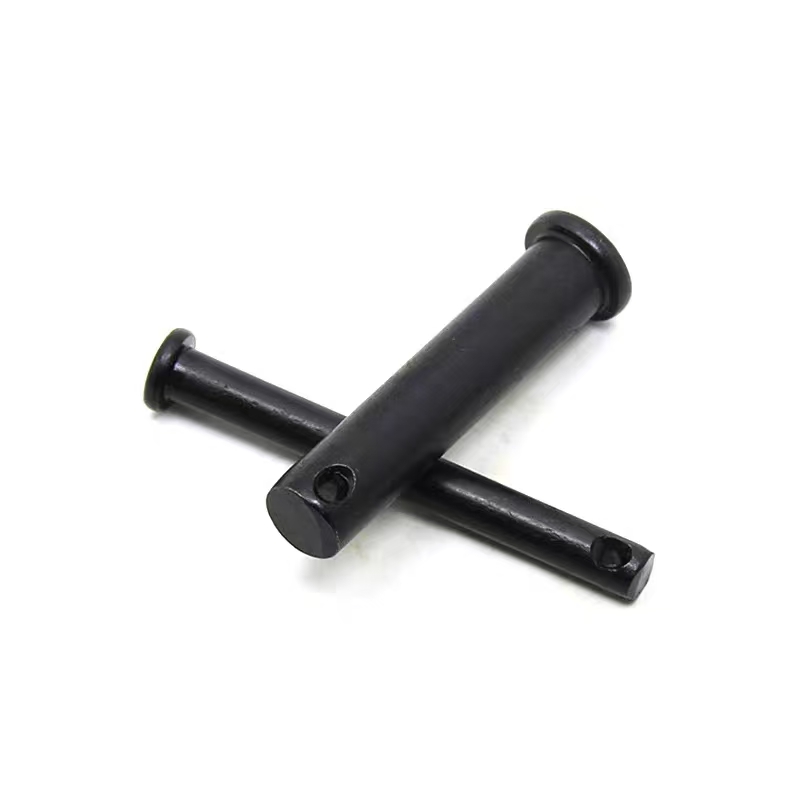 Black zinc plated pin shaft
Black zinc plated pin shaft -
 Hexagon socket hot-dip galvanized bolts
Hexagon socket hot-dip galvanized bolts -
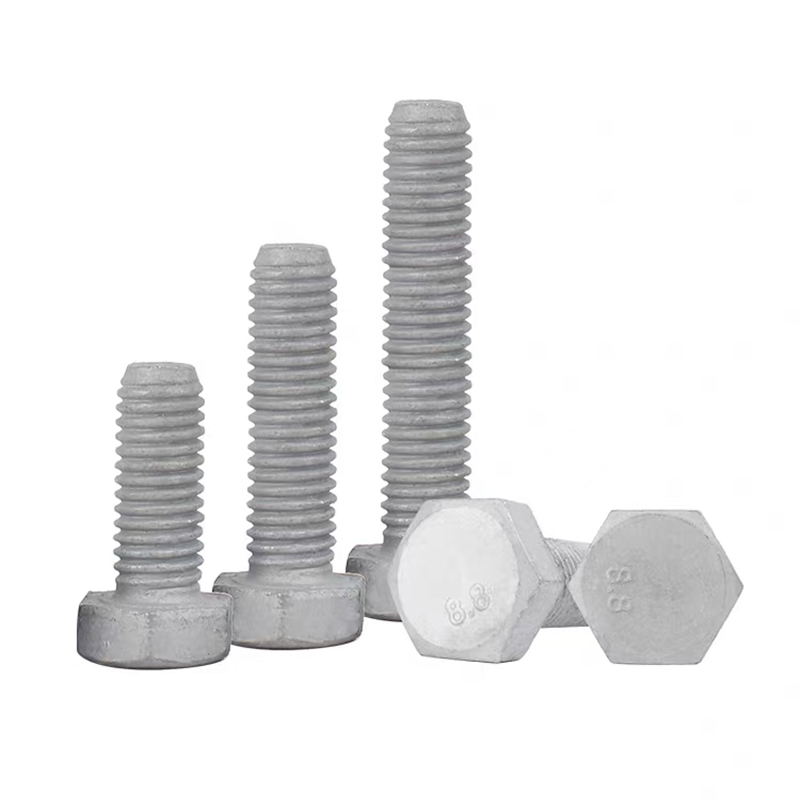 Hot-dip galvanized hexagonal bolts
Hot-dip galvanized hexagonal bolts -
 Black zinc plated hinge bolts
Black zinc plated hinge bolts -
 Hot-dip galvanized chemical bolts
Hot-dip galvanized chemical bolts -
 Stud bolts
Stud bolts -
 Colored zinc-plated cross countersunk drill thread
Colored zinc-plated cross countersunk drill thread -
 High-strength blackened nuts
High-strength blackened nuts -
 T-bolt (T-slot bolt)
T-bolt (T-slot bolt) -
 Colored zinc plated countersunk cross bolts
Colored zinc plated countersunk cross bolts -
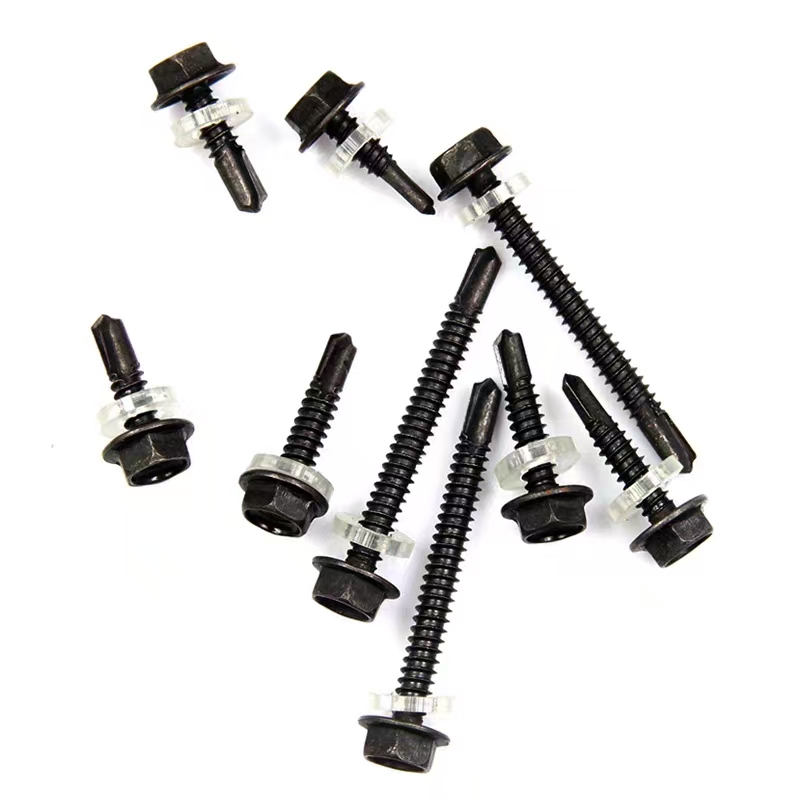 Black zinc-plated hexagonal drill tail wire
Black zinc-plated hexagonal drill tail wire


